You are using an out of date browser. It may not display this or other websites correctly.
You should upgrade or use an alternative browser.
You should upgrade or use an alternative browser.
Ranking the areas still requiring animals
- Thread starter yoav_r
- Start date
I definitely have to agree with you there. There's only three animals from Oceania as a whole that I really want now, and none of them are found in arid regions.Btw unless some pushback is applied soon I suspect arid australia might move to green as well. Seems most people so far agree there's nothing essential left from there.
Oh i did forget about the thorny devil and the numbat.Essential: None really
Good additions:
-Short beaked echidna
-Perentie
Oddballs:
-Yellow footed rock wallaby
-Sand goanna
-Greater bilby
-Numbat
-Frilled lizard (E)
-Bearded dragon (E)
-Thorny devil (E)
I still think that more monkeys are essential for tropical Africa. Same with chameleons for Madagascar.Thank you so much! I did want to ask.
Btw unless some pushback is applied soon I suspect arid australia might move to green as well. Seems most people so far agree there's nothing essential left from there.
Essential:Discussion #7: Arid australia
- Short Beaked Echidna: it's the last animal named in the planet zoo soundtrack that has yet to be added. It is unique and would complete the monotremes
- Thorny Devil: Popular and extremely cool exhibit lizard
- Yellow Footed Rock Wallaby: almost essential to have a desert wallaby, and this one is colorful and popular
- Bilby: cute conservation icon I would welcome
- Perentie: either this or the lace monitor would be good. Australia needs a habitat monitor
- Frilled Lizard: another cool and requested exhibit lizard
- Numbat: might be too small, but kind of cool
Essentials:Discussion #7: Arid australia
- The short-beaked echidna is essential for arid Australia, as it is for all other parts of the continent. It’s the most iconic Australian animal currently missing from the game and would complete the monotremes.
- Although the perentie is perhaps not an essential species from a global perspective, it is definitely one of the most important species for representing arid Australia specifically. This “king” of Australian lizards is one of the top predators of the northern desert regions and exemplifies the unparalleled success of reptiles in this part of the world.
- More exhibit reptiles would also fall under this category, if we ever get any more. Australia has the most specious and diverse reptile fauna of any country, and nowhere else are they more successful than its its deserts. However, all of the exhibit reptiles for Australia we currently have, although they do extend into desert regions, are much more widespread and successful in other environments, so this reptile richness isn't really represented at all. Therefore, I’d really like some true desert species, such as the central bearded dragon, woma python, inland taipan, mulga snake, spiny-tailed monitor or even the rarely kept thorny devil. I’ve seen the frilled lizard mentioned here a lot but they only marginally occur in arid regions and are mostly found in the tropics.
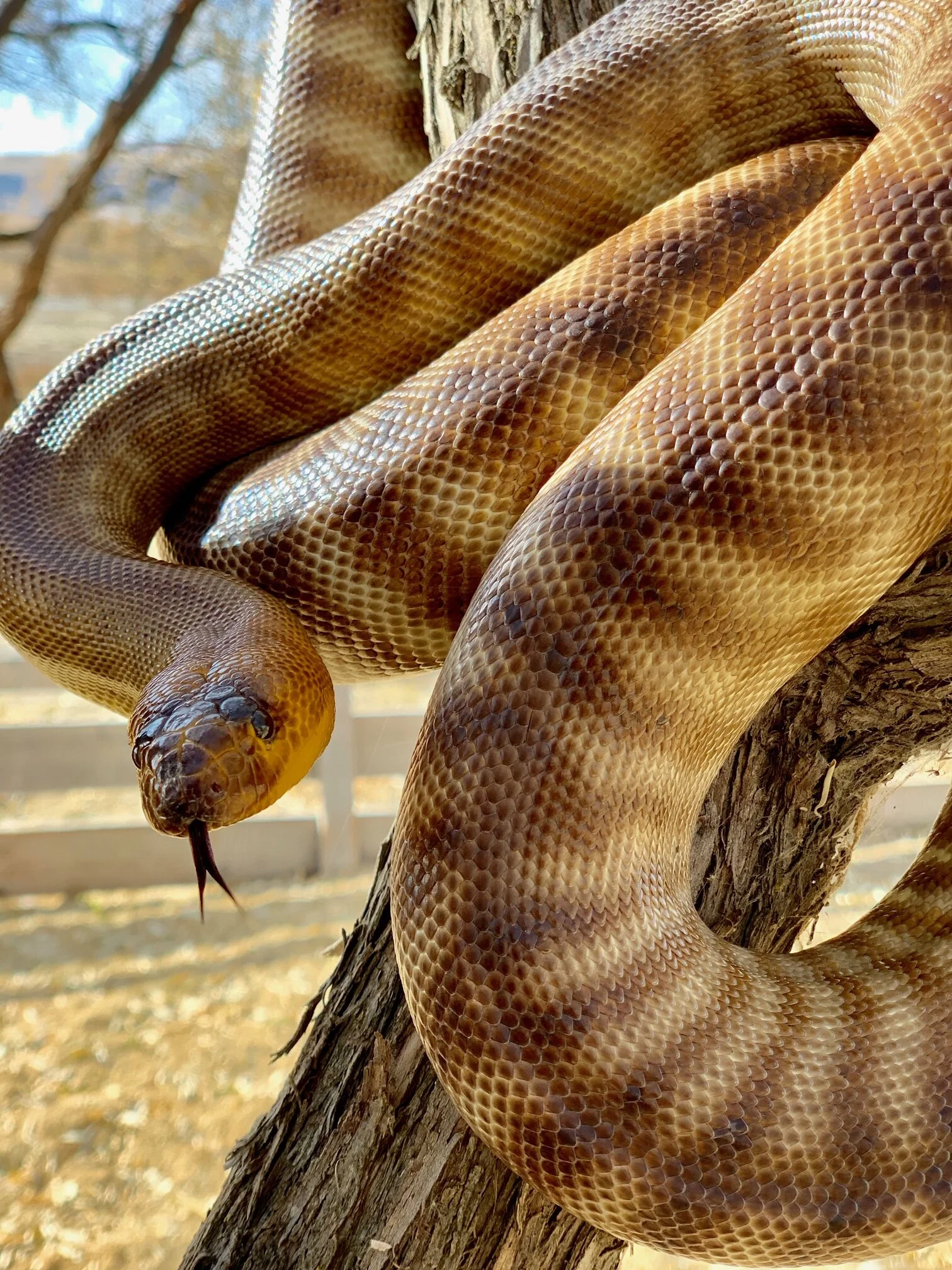


Good additions:
- Yellow-footed rock-wallabies are not super essential now, given we already have both a desert macropod (red kangaroo) and another wallaby (red-necked), but this is still only extremely basic representation for a group as varied and diverse as macropods (it's like having one bovine and one antelope as the only representatives of Bovidae). This species is the most common wallaby in my local zoos and would also provide a new type of habitat for Australian areas, given they require a caprid-like enclosure with lots of rocks and ledges to climb around on.
- The greater bilby is a species that currently isn’t kept outside Australia (although there have been some plans to import them to Europe), but here it is an extremely common zoo animal and synonymous with nocturnal houses. They’re also an icon of Australian conservation and a posterchild for the plight of small native mammals due to predation by invasive cats and foxes.
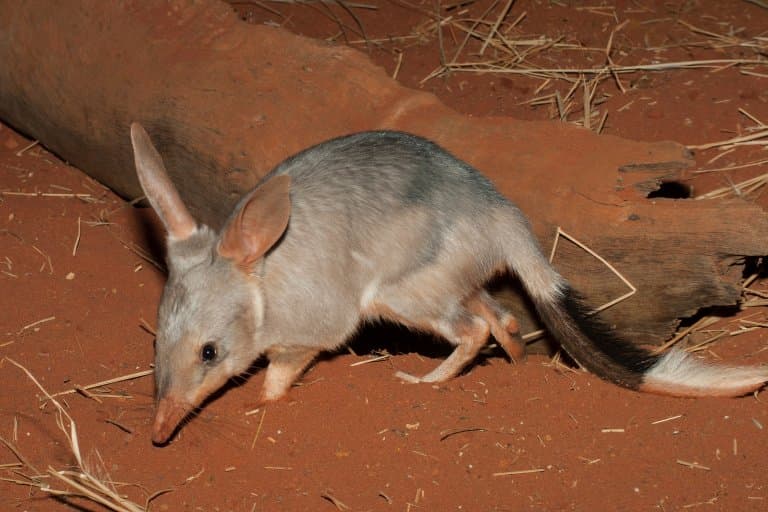
Oddballs:
- The numbat is extremely rare in zoos (currently kept in 3 Australian zoos, but the entire captive breeding population is at Perth Zoo), but they’re such a unique and unusual animal (only member of their family) that their inclusion could be justified.
- The woylie or brush-tailed bettong is another small desert-dwelling marsupial that has been driven extinct over almost its entire range by invasive predators, although this species is also kept internationally (especially in North America).
- The common wallaroo deserves a mention as another macropod species that is prominent in arid regions.
- The southern hairy-nosed wombat, in contrast to the temperate common wombat we already have, is an inhabit of arid and semi-arid plains and woodlands. North American players may appreciate their addition as they are the most common wombat species in American zoos (ironic), and they also differ through being more sociable.
- We’ve got the emu, but another habitat bird like the malleefowl or Australian bustard would be great to see as always. However, neither are kept internationally to me knowledge.
- Although it’s chances are zero to none I feel it’s obligatory for me to mention the chuditch or western quoll here. They’re the aridland representative of the quolls.
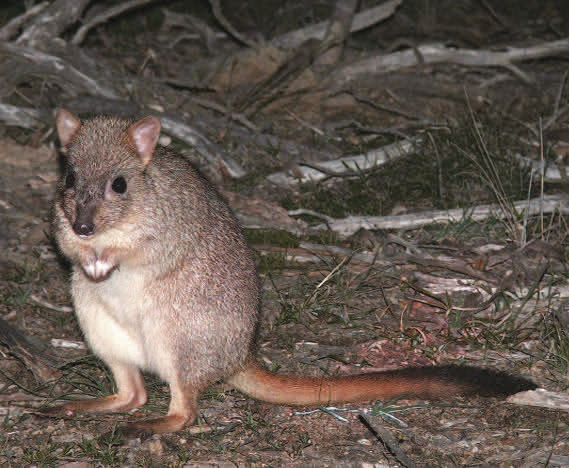

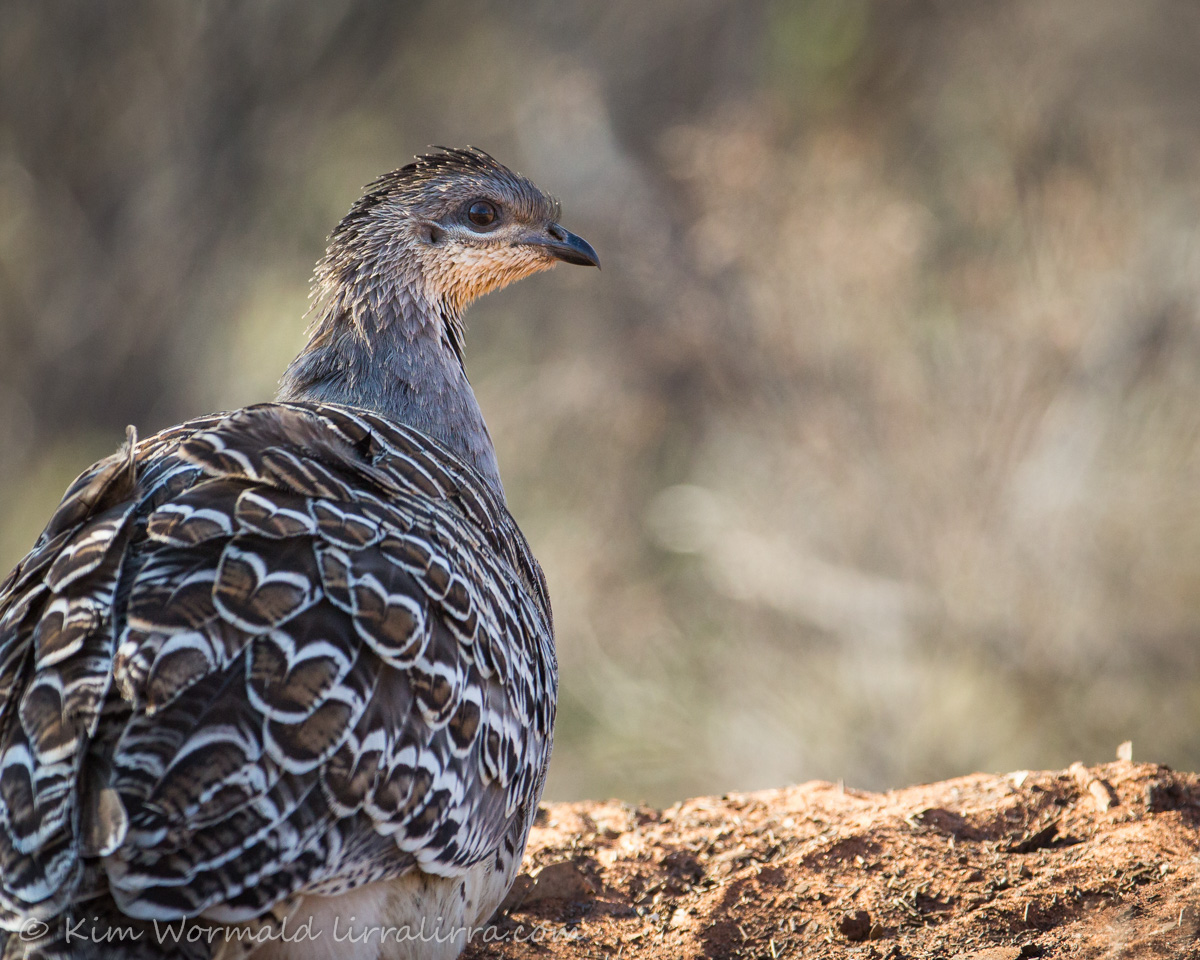
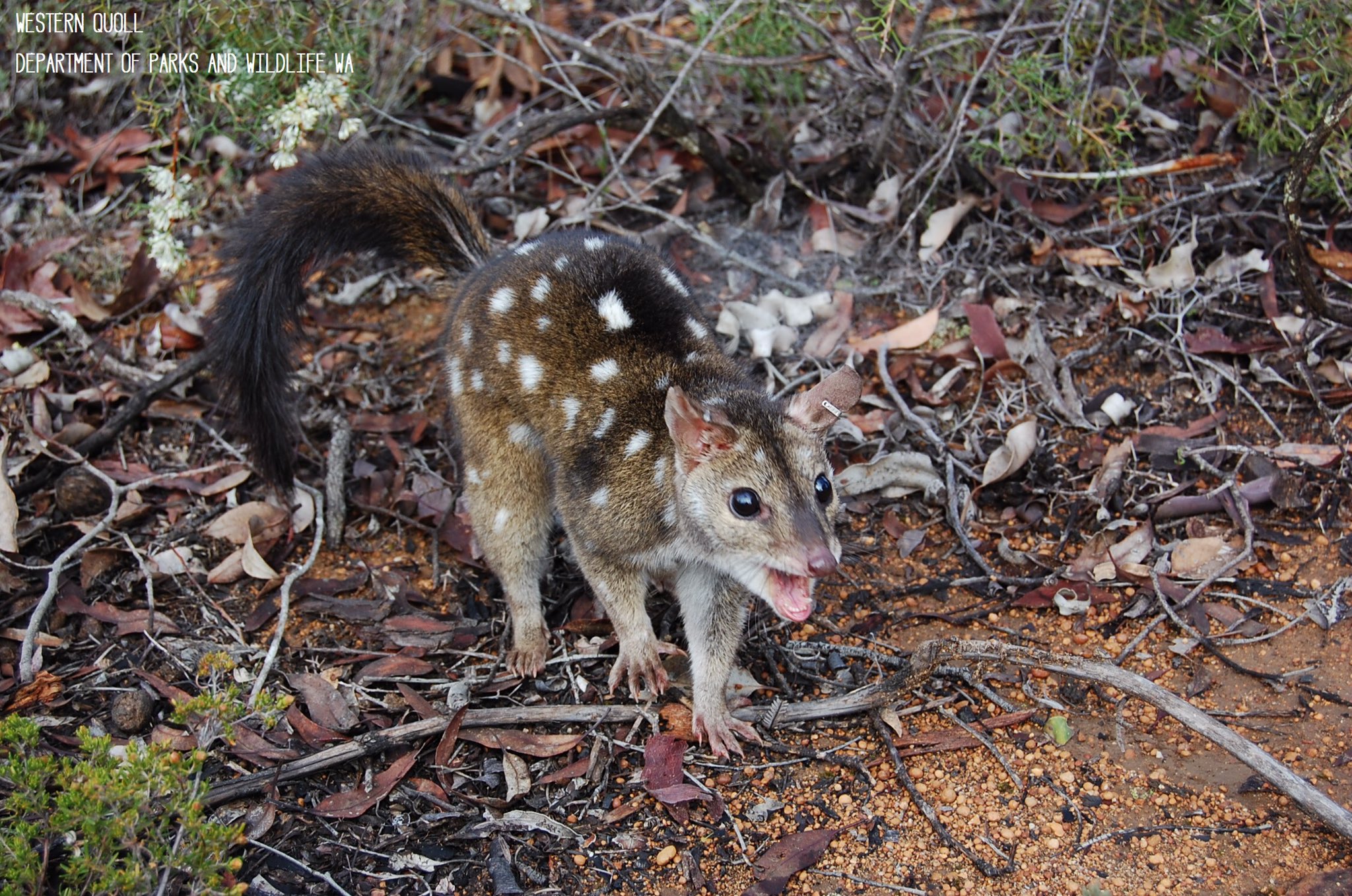
Obviously my list is a bit of a buck in the trend lol but I would be ok with arid Australia being moved to green. The community consensus is what's important, and I'm obviously biased both by being Australian and having spent a lot of time in arid regions.Btw unless some pushback is applied soon I suspect arid australia might move to green as well. Seems most people so far agree there's nothing essential left from there.
Still wish we had a roster anywhere near good enough for me to replicate the Alice Springs Desert Park though!
Last edited:
Arid Australia
Essential animals: I will argue we need more reptiles from Australia. In a lot of zoos, the only Australian species kept are wallabies/kangaroos, emus and... well, reptiles. So, I would say the frilled-necked lizard and thorny devil are essential.
Good additions: Other reptiles
Short-beaked echidna (not essential IMO but would be cool to have)
Oddballs: Yellow-footed rock wallaby
Numbat
Essential animals: I will argue we need more reptiles from Australia. In a lot of zoos, the only Australian species kept are wallabies/kangaroos, emus and... well, reptiles. So, I would say the frilled-necked lizard and thorny devil are essential.
Good additions: Other reptiles
Short-beaked echidna (not essential IMO but would be cool to have)
Oddballs: Yellow-footed rock wallaby
Numbat
Animals considered essential:Discussion #6: Arctic circle/Eurasian and north american tundra
- Arctic fox
- Arctic wolf
- Dall sheep
- Grey seal
- Polar bear
- Reindeer
- Walrus
- Wolverine
- Musk ox
Animals considered essential:Discussion #7: Arid australia
- Dingo
- Emu
- Red kangaroo
- Commonbdeath adder (E)
- Eastern blue tongued lizard (E)
- Eastern brown snake (E)
- Tasmanian devil
- Echidna
- Perentie
They count for temperate australia.@yoav_r do you know if the eastern grey kangaroo and common brushtail possum count as tropical or aridland animals since based on the wwf map (and what I know) those two species are from temperate habitats rather than arid nor tropical habitats.
I just saw temperate on the list. I thought it was not there. I will ommit the grey kangaroo from my list then.They count for temperate australia.
Arid austrlia
Essential
Perentie or sand goanna - just a desert lizard would finish off the area very well
Short beaked echidna - I wouldn't say their essential to the desert specifically but they do live there and I think their essential to temperate and tropical austrlia so idk.
Nice addition
Rock wallaby - not needed, would definitley prefer Quokka as out 4th macropod after a tree kangaroo but also would mind these guys as like a surprise addition in a drylands pack.
Essential
Perentie or sand goanna - just a desert lizard would finish off the area very well
Short beaked echidna - I wouldn't say their essential to the desert specifically but they do live there and I think their essential to temperate and tropical austrlia so idk.
Nice addition
Rock wallaby - not needed, would definitley prefer Quokka as out 4th macropod after a tree kangaroo but also would mind these guys as like a surprise addition in a drylands pack.
Tasmanian devil doesn't live in arid climates btw. It's pretty much exclusively temperate / forest dwelling.Animals considered essential:
Animals considered good additions:
- Walrus
Oddball animal suggestions:
- Wolverine
- Musk ox
Animals considered essential:
Animals considered good additions:
- Tasmanian devil
Oddball animal suggestions:
- Echidna
- Perentie
Their reclaimed habitat in mainland Australia will be partially arid, but I may be mistaken.Tasmanian devil doesn't live in arid climates btw. It's pretty much exclusively temperate / forest dwelling.
They are reintrotucing tazzies to the mainland??Their reclaimed habitat in mainland Australia will be partially arid, but I may be mistaken.
Last I heard, yes. I believe there has been some success in southern AustraliaThey are reintrotucing tazzies to the mainland??
Amazing!!Last I heard, yes. I believe there has been some success in southern Australia
They did it in 2020. https://www.nationalgeographic.com/animals/article/tasmanian-devils-return-to-mainland-australiaThey are reintrotucing tazzies to the mainland??
Good additions:Discussion #6: Arctic circle/Eurasian and north american tundra
-Musk Ox: A known caprid that is commonly required
-Wolverine: A popular mustelid, to have an alternative from the European Badger
-Sea Otter: A good option to have an otter from the tundra biome, apart of the tropical ones
Oddballs:
-Walrus: I'm not a big fan of this species, but if it is included it will be ok
-Canadian Lynx: A new cat for NA could be interesting
Essentials:Discussion #7: Arid australia
-Short-Beaked Echidna: A rare animal, which is necessary to complete the representation of monotremes
-Bearded Dragon (E): A well known lizard, apart of being a good representative of Oceania
Good additions:
-Yellow-Footed Rock-Wallaby: A new marsupial would be ok if it can use a climbing enrichment similar to the Alpine Ibex one.
-Thorny Devil (E): A rare and interesting lizard because of its thorn body
Oddballs:
-Perentie: The biggest monitor lizard from Australia could be a good addition althought it isn't essential
Let's discuss what we need in each region, but in a smart way.
For each discussion, answer what you think we need from it in the following format:
Essential animals
Good additions
Unexpected oddballs
feel free to add to prebiously discussed regions I'll add your suggestions.
For this discussion, I am unhappy with lumping these 3 regions together, but feel that not lumping them together woukd leabe us with regions very lacking in animals, so new partition suggestions are welcome.
For each discussion, answer what you think we need from it in the following format:
Essential animals
- Animals which you think must be in the game
Good additions
- Animals you think are good for the region but not necessary
Unexpected oddballs
- Animals you think could come as a surprise but are not on the common radar (i.e. low/nonexistant on the wishlists)
- Bactrian camel
- Eurasian lynx
- Dhole
- Formosan black bear (on species level)
- Himalayan brown bear
- Przewalski's wild
- Red fox
- Red panda
- Snow leopard
feel free to add to prebiously discussed regions I'll add your suggestions.
For this discussion, I am unhappy with lumping these 3 regions together, but feel that not lumping them together woukd leabe us with regions very lacking in animals, so new partition suggestions are welcome.
